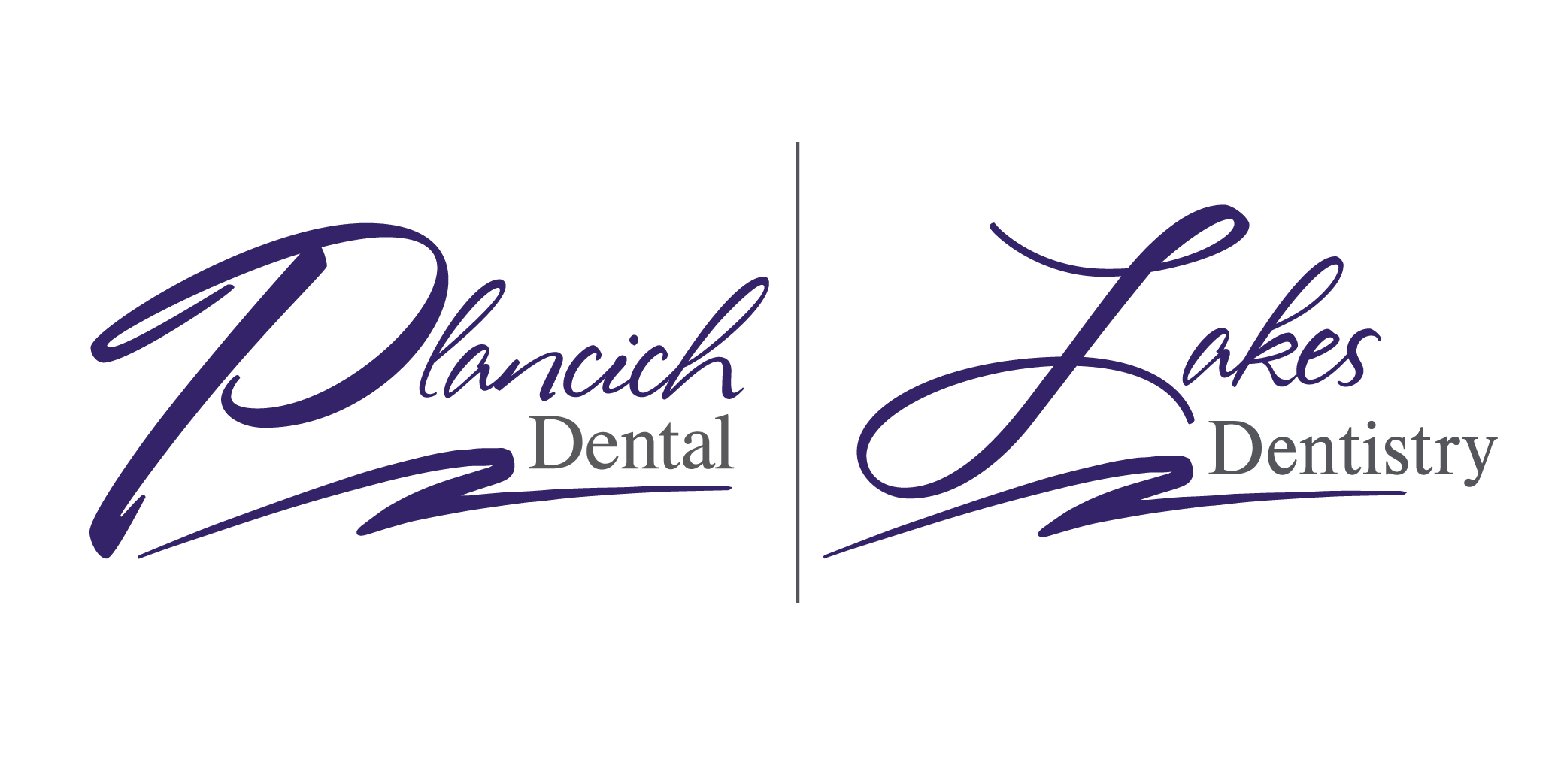You might brush every day. Maybe you floss every day, too. Your oral health is likely very important to you. But can you develop gum disease—also called periodontal disease—even if you’re paying attention to your oral hygiene? Yes. Gum problems can occur even when you’re being mindful of your oral care. At Plancich Dental, we want you to be and feel your healthiest. The signs of gum disease may be less obvious than the signs of tooth decay, but read on to gain a clearer picture of your dental health.
Could You Have Gum Disease?
Gum disease is common. According to a recent report by the Centers for Disease Control and Prevention (CDC), some form of gum disease is found in 47.2% of adults aged 30 and over. The same report also concluded that gum disease is found in 70.1% of adults aged 65 and over.
Thankfully, gum disease is preventable with good oral hygiene, such as brushing and flossing, accompanied by regular dental checkups. In the earlier stages of gum disease, such as gingivitis, a deep cleaning may be enough to treat the infection. But if left untreated, gum infection can become more serious, calling for corrective surgery in some cases.
Is Gingivitis Gum Disease?
Gingivitis is a mild form of gum disease; it may cause redness, gum swelling, and irritation around your gingiva, the part of your gum at the base of your teeth. If you have gingivitis, a thorough, professional cleaning performed by a dental hygienist may be all that’s needed to mend your gingiva. Your followup care may include:
- Regular appointments.
- Proper brushing with a soft-bristled toothbrush and fluoride toothpaste.
- Daily flossing.
By implementing these simple maintenance routines, you can be smiling with healthy gums in no time. While gingivitis is very treatable, it’s always best to avoid gum disease. The most common cause of gingivitis, and all other forms of gum disease, is poor oral hygiene.
What Is Periodontitis?
Just as tooth decay can lead to tooth infection, gingivitis can lead to a more progressed form of gum disease, called periodontitis. If left untreated, plaque buildup can spread past the gum line, where bacteria can grow and produce toxins. These toxins irritate the gums and trigger inflammation of the gums, causing a reaction in the immune system that breaks down and destroys the supporting gum tissue and bone. This can result in a separation of the teeth and gums, creating pockets that can become infected. Eventually, teeth may need to be removed, they may become loose, which could result in tooth loss.
Signs and Symptoms of Gum Disease
We’re sure you know by now that gum health is important! That’s why you should see a dental professional if you notice any of the following symptoms in your gums.
Symptoms of Gingivitis:
- Bad breath.
- Easily bleeding gums from flossing or brushing.
- Receding gums.
- Tender gums.
- Dark red gums.
Symptoms of Periodontitis (Gum Disease):
- Persistent bad breath or bad taste.
- Loose or separating teeth.
- Teeth that look longer that before.
- A change in the fit of your bite.
- A change in the fit of partial dentures.
- Red, swollen or tender gums.
- Pain or sores in your mouth.
- Pus between your gums and teeth.
- Sensitive teeth.
- Pain when chewing.
If you notice any of these symptoms, contact your dentist or periodontist—a dentist who specializes in the diagnosis and treatment of gum disease—right away.
What Causes Gum Disease?
There are a number of risk factors that contribute to the development of gum disease. Thankfully, most of them are preventable. Here’s a list of some common, more preventable, risk factors:
- Smoking.
- Using tobacco.
- Poor oral hygiene.
- Poor nutrition.
- Obesity.
- Stress.
- Clenching or grinding your teeth.
- Crooked teeth.
- Bridges that no longer fit properly.
Some other risk factors include:
- Genetics.
- Age.
- Medications.
- Underlying immuno-deficiency conditions, such as AIDS.
- Female hormonal changes, such as with or oral contraceptives.
Treatment of Periodontitis
The treatment for Gingivitis can be simple and straightforward, but in more serious cases, the periodontist may need to explore other options. A deep cleaning of your tooth roots—called root planing—used with medication may successfully eliminate the infection. Some cases may require surgical procedures, like gum grafting, or dental crown lengthening.
How to Prevent Gum Disease
At Plancich Dental and Lake Dentistry, we encourage our patients to see us for checkups regularly, so we can spot the early signs of gum disease. And we recommend a healthy oral hygiene routine for all our patients, which includes:
- Brushing with a soft-bristled toothbrush, twice daily.
- Flossing, once daily.
- Regular checkups and cleanings.
- Rinsing with mouthwash.
Did you know that your overall health is a part of your oral health, too? The healthier you are, the healthier your gums will be. That’s why we recommend a healthy, balanced diet and exercise.
Do You Think You Have Gum Disease?
If you’ve spotted any of the symptoms of gingivitis or periodontitis, it’s time to see a dentist right away. Gum disease should never be ignored, and treatment should never be delayed. At Plancich Dental and Lakes Dentistry, we offer the highest periodontal care. Simply click here to find out more about the periodontal services we offer, or call us at 253-272-7400 to make an appointment. You can also make an appointment by clicking here.
